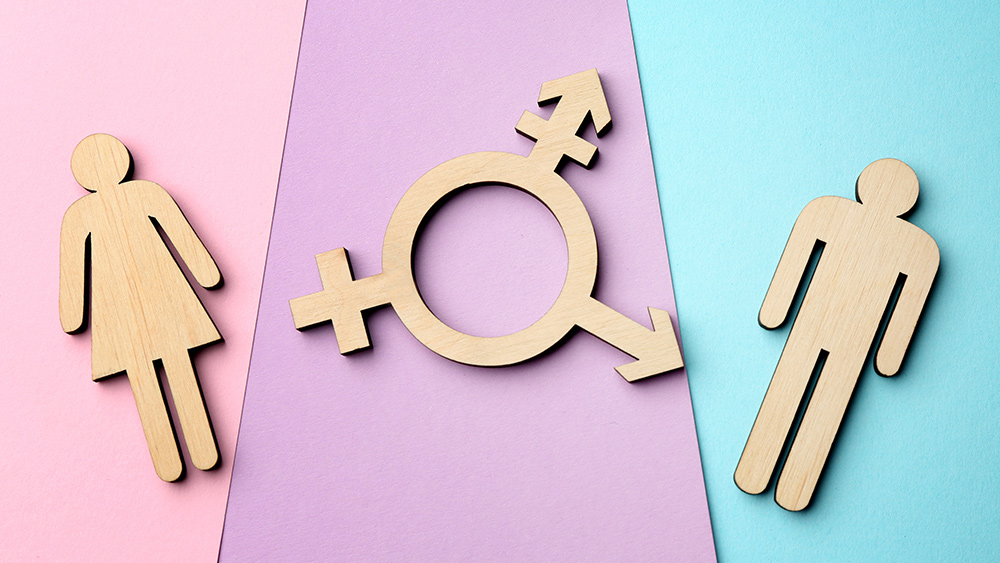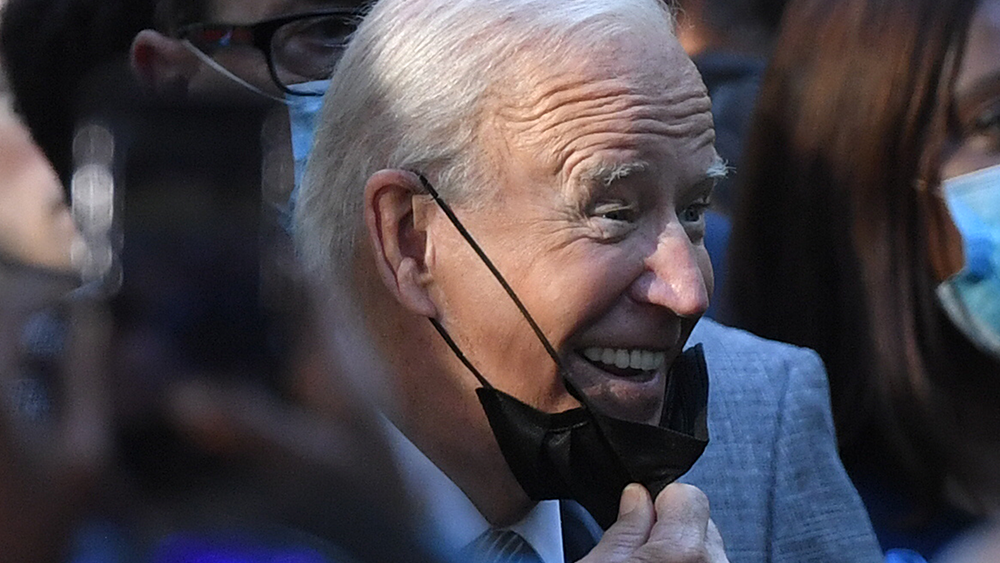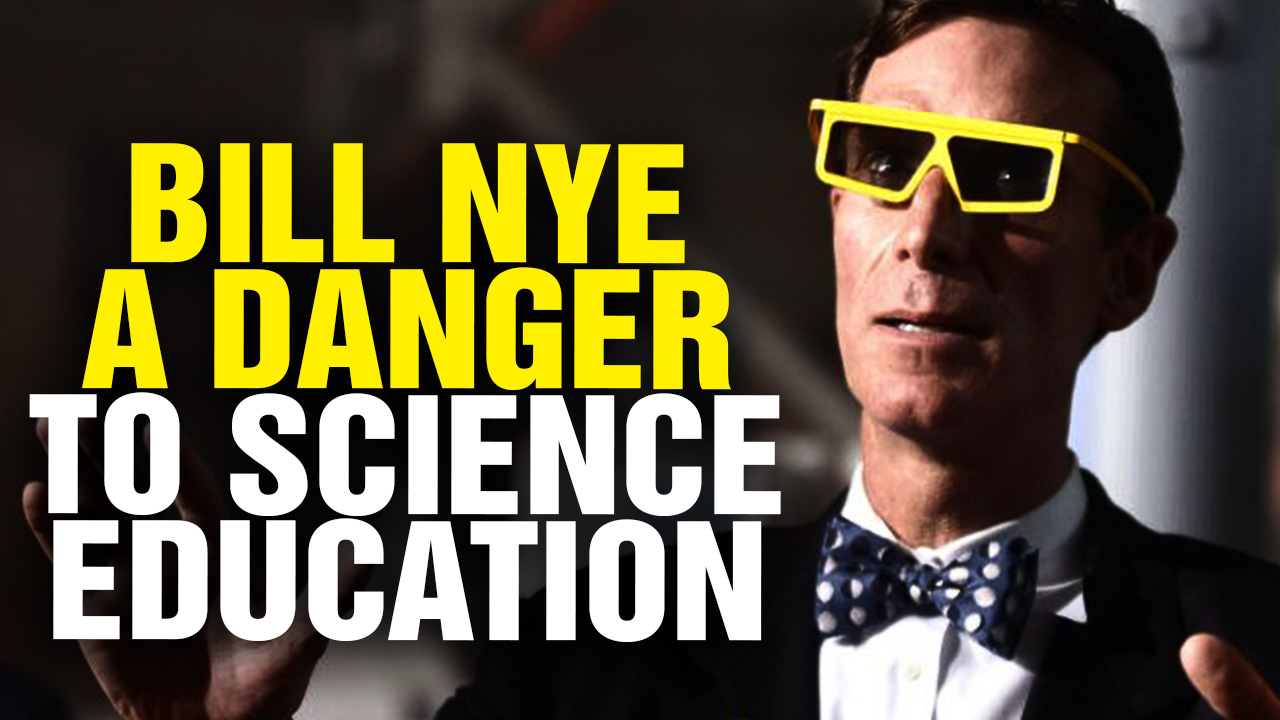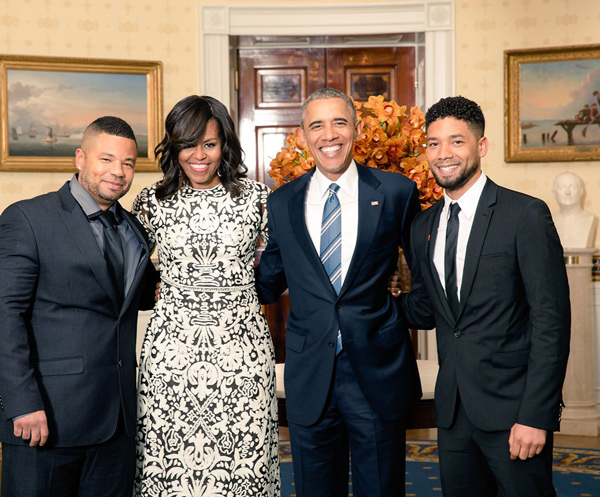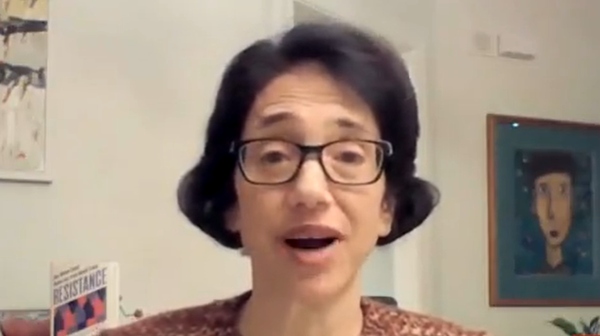San Francisco votes to remove Washington, Lincoln from school names
02/10/2021 / By Divina Ramirez

Historical figures like George Washington, Thomas Jefferson and Abraham Lincoln are on the chopping block in San Francisco after the city’s Board of Education voted to remove their names from 44 schools.
The board voted six-to-one on Tuesday, Jan. 26, after months of review and national attention. Public officials, parents, students and alumni were at odds over whether or not schools needed new names with no connection to slavery, racism, oppression and similar criteria.
Board members have repeatedly argued that the renaming is necessary in light of what happened to statues of Confederate generals during the height of the Black Lives Matter (BLM) protests.
According to the resolution, the figures for whom the 44 schools are named have greatly “diminished the opportunities of those amongst us to the right of life, liberty and the pursuit of happiness.”
However, critics slammed the decision and said the board was simply signaling political virtue by “canceling” the historical figures in question. The board did not consult historians, as was apparent at times. For instance, the board did not know whether Roosevelt Middle School was named after Theodore or Franklin Delano.
Even San Francisco native and California’s senior senator, Dianne Feinstein, was not spared from the list. Hers was a name that received mixed opinions. Board members in favor of removing her name from an elementary school said she had replaced a vandalized Confederate flag in front of the city hall while she was mayor.
But if it were up to current San Francisco Mayor London Breed, renaming schools amid a pandemic shouldn’t be a priority. “We need to bring a sense of urgency to safely reopening our schools,” she said in a tweet on Jan. 28. “Once that happens, we can have a longer conversation about the future of school names.”
Meanwhile, board member Kevine Boggess, one of the six who voted in favor of the resolution, cautioned that the district “should not make heroes out of mortal folk.”
“Cancel culture” goes too far
The San Francisco public school board’s resolution is just another example of “cancel culture” at work. In one of her recent articles, Brittany Hunter, a writer for the public interest law firm Pacific Legal Foundation (PLF), said that this kind of virtue signaling is only a means of proving to society how “good” a person is.
In the case of San Francisco, the resolution would show how “good” the board members are for even thinking about “fixing” schools named after “unworthy” historical figures.
But as some pointed out, such inconsequential gestures are more symbolic than anything and have no weight. Part of cancel culture is also personal destruction, such that the person or figure being canceled is brought to ruins with no chance at redemption. (Related: The ‘cancel culture’ is losing its mind.)
One instance of cancel culture where personal destruction was the main driver was that of Mimi Groves. Back in 2016, Groves posted a video of herself using a racial slur on the social media platform Snapchat. She was 15 years old at the time.
Four years later, Groves was set to attend the University of Tennessee. When the BLM movement started, she took to social media to urge people to attend protests and sign petitions. Fellow classmate Jimmy Galligan, who had only seen Groves’ video four years after it was posted, blasted it on social media.
The video became viral and Groves withdrew from the school due to what she perceived was pressure from its admissions office. Groves said she quickly learned how social media can “take something they know very little about” and twist the truth to ruin people’s lives.
Go to ThoughtCrimes.news for more articles on cancel culture.
Sources include:
Tagged Under: Abraham Lincoln, Black Lives Matter (BLM), cancel culture, George Washington, political correctness, propaganda, Social media, thomas jefferson, thought crime
RECENT NEWS & ARTICLES
COPYRIGHT © 2017 LIBTARDS NEWS


